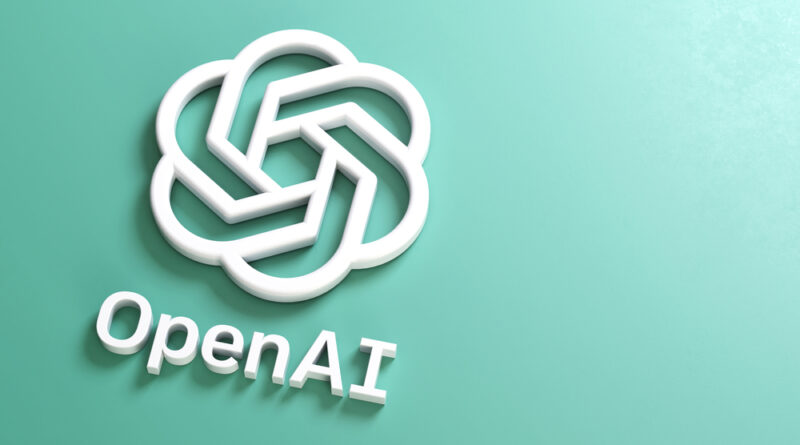OpenAI Poised to Unveil GPT-4.1 and New AI Models Amid Capacity Hurdles
OpenAI is poised to unveil a new suite of AI models and features, including the anticipated GPT-4.1, according to sources familiar with the company’s plans. The forthcoming release is expected to include not only an updated version of the flagship multimodal model—capable of processing audio, vision, and text in real time—but also smaller variants branded as GPT-4.1 mini and nano.
The enhanced GPT-4.1 is seen as a significant step forward from last year’s GPT-4o release. In addition to the GPT-4.1 series, insiders indicate that OpenAI will also launch a full version of its o3 reasoning model alongside a more compact o4 mini version. Early references to these models, including versions labeled “o4 mini high,” appeared in a new ChatGPT web interface, signaling that the debut of these models could be imminent, with many of them scheduled to drop as soon as next week.
This wave of new model introductions comes as OpenAI continues to expand and refine its offerings amid growing interest in advanced AI capabilities. CEO Sam Altman recently hinted at an exciting new feature via social media, though it remains unclear whether that development is directly tied to the o3 and o4 mini models currently making the rounds online.
Despite the planned launch date, industry sources have warned that recent capacity challenges may result in delays. OpenAI has experienced issues related to high demand, notably with its image generation capabilities that recently required temporary rate-limiting of requests. As the company works to manage increasing user activity and hardware limitations, plans to release the new GPT-4.1 model and its related variants could be subject to rescheduling.
OpenAI has not yet provided an official comment on these developments, leaving the tech community to await further announcements that could reshape the landscape of multimodal and reasoning AI. As the company refines its deployment strategy in response to both user demand and technical constraints, the anticipated new models have generated significant buzz, hinting at a future where increasingly powerful AI tools become ever more integral to a wide array of applications.
Photo Credit: DepositPhotos.com

